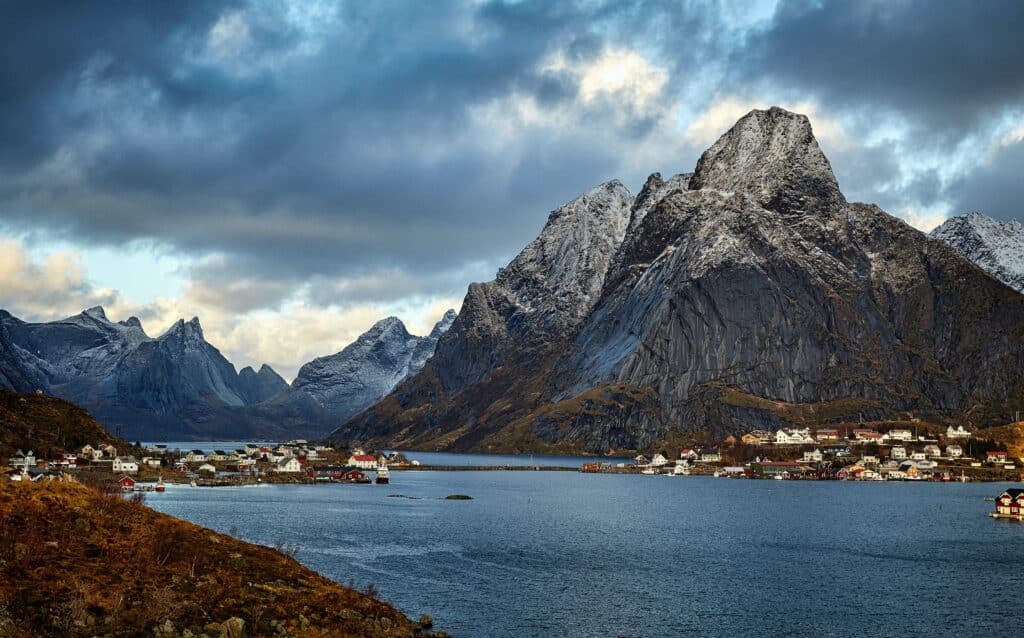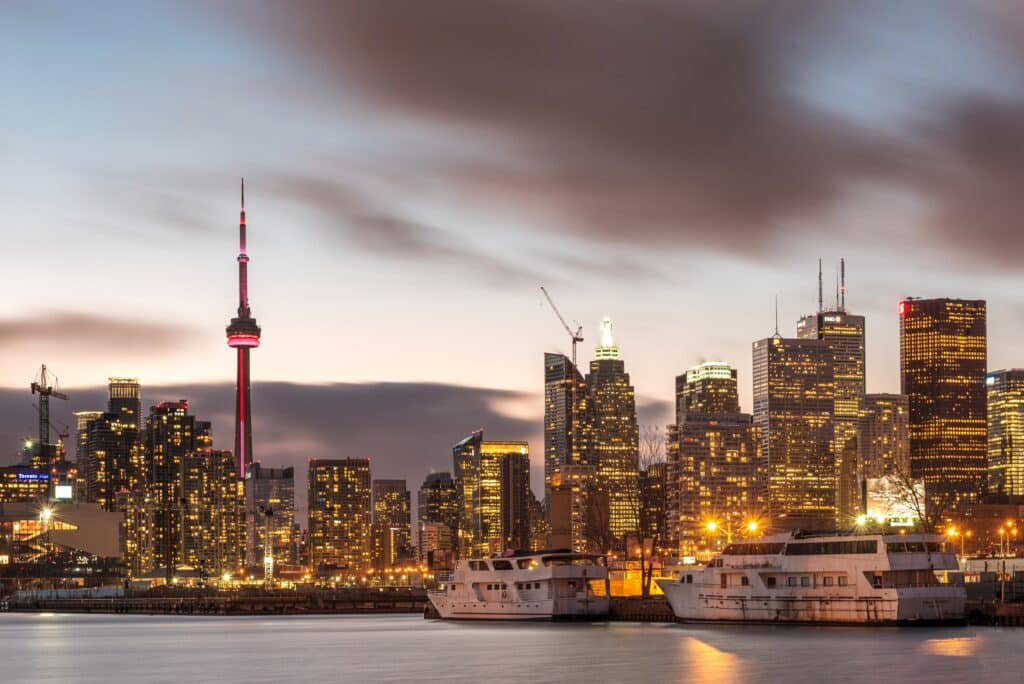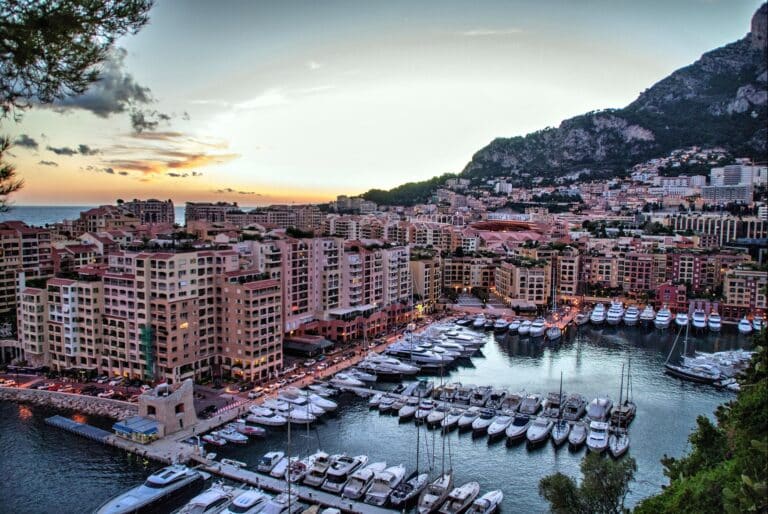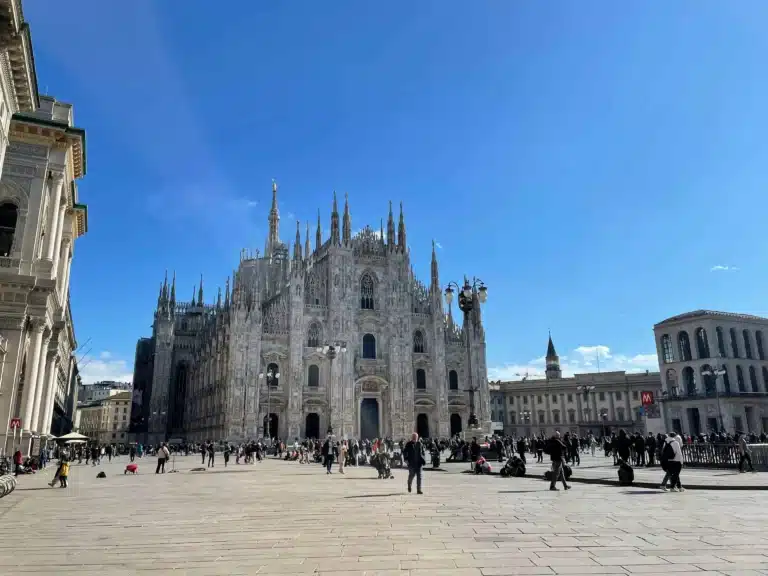Updated: 11 March 2022
Blue skies are a rarity in many parts of the globe. Instead of beautiful blue skies, there is accumulated air pollution levels and low air quality. This is the result of industrial processes and motor traffic, leaving cities under a cloud of smog all year.
But how does this bad air quality affect the global human race, and which countries have the best air quality? Where should you go to enjoy the cleanest air quality? Let’s dive in to find the top places with the cleanest air in the world!
Countries with the Best Air Quality
IQ Air compiled a comprehensive report in 2020 based on data aggregated from a range of ground-based PM2.5 monitoring stations in cities across the world. While the World Health Organization (WHO) cautions that no level of PM2.5 exposure is proven to be free of health implications, it has outlined an annual average exposure threshold of 10µg/m³ to minimize the risk of health impacts from PM2.5. Thus, providing IQ Air with a benchmark for ranking each country accordingly.
Locations are then categorized as either: WHO Target, Good, Moderate, Unhealthy for Sensitive Groups, Unhealthy, Very Unhealthy, and Hazardous. Keep in mind that the report is on the countries with the worst air quality – so their seemingly “low” rankings are in fact a positive indication of better air quality.
In addition, the website offers live readings of air quality in cities with PM2.5 stations on the ground. The highest current ranking a country can be categorized as is “good”.
Another important metric to measure the air quality is Air Quality Index. The Air Quality Index (AQI) is a measurement used to assess and report the quality of outdoor air in a specific area. It provides information about the level of air pollution and its potential health effects on individuals exposed to it. The AQI is often used by government agencies, environmental organizations, and meteorological departments to inform the public about air quality conditions.
The AQI is typically based on measurements of various air pollutants, including particulate matter (PM2.5 and PM10), ground-level ozone (O3), nitrogen dioxide (NO2), sulfur dioxide (SO2), and carbon monoxide (CO). These pollutants are known to have adverse effects on human health and the environment.
The AQI is represented by a numerical value or a color-coded scale, which helps individuals easily understand the air quality conditions. The scale usually ranges from 0 to 500, with specific breakpoints or thresholds associated with different air quality levels.
1. Puerto Rico
The Caribbean island country ranked 106 out of 106 countries in IQ Air’s 2020 World Quality Air Report and was categorized as meeting the WHO target. And according to the live rankings, the country and its population are still enjoying good air quality.
2. New Caledonia
The French island territory – which never featured in any previous IQ Air Reports – ranked 105 out of 106 countries in IQ Air’s 2020 World Quality Air Report, and was categorized as meeting the WHO target. And according to the live rankings, the PM2.5 concentration in New Caledonia air currently meets the WHO annual air quality guideline value.

3. US Virgin Islands
In the same report, coming in at 104 was the US territory’s, US Virgin Islands – also meeting the WHO target with a PM2.5 reading of 3.53 µg/m³ – in 2019’s report, the region came in at 97. According to IQ Air’s live readings, the tropical island region is ranked as having “good” air quality.
4. Sweden
The Scandinavian country ranked 93 out of 98 countries in 2019, but in 2020’s IQ Air Report, Sweden ranked 103 – easily achieving the World Health Organization’s (WHO) target figure, with an average US Air Quality Index number of 21. According to real-time data, Sweden still has some of the cleanest air globally.
5. Finland
In 2019, Finland ranked at 95 out of the 98 countries, but in 2020, the country ranked 102 out of 106 countries with a US Air Quality Index number of just 21. The country is still considered to have good air quality according to the real-time data.
6. Norway
Another Scandinavian country with great air is Norway – also, achieving the WHO target with a US Air Quality Index reading of 24 in the report and ranking at 101. Live data shows that some of the region’s larger cities have moved from good air quality to moderate, however, the air is still much cleaner than other countries.

7. Estonia
With a US Air Quality Index reading of 24 as the 2020 average, Estonia earned its 100th place in the IQ Air’s 2020 World Quality Air Report – and met the WHO target for PM2.5. According to live readings, the country’s major cities are all in the green and have some of the best air, however, PM2.5 concentration in Estonia air is currently 1.2 times above the WHO annual air quality guideline value.
8. New Zealand
At 99 out of 106 in the 2020 report, New Zealand has a 7.00 µg/m³ PM2.5 reading and met the WHO’s recommended target of 10 µg/m³. At the same time, live information from the PM stations shows that the PM2.5 concentration in New Zealand air is currently 1.4 times above the WHO annual air quality guideline value.
9. Iceland
Ranking at 98 in the IQ Air’s 2020 World Quality Air Report, Iceland met the WHO target with a PM2.5 of 5.55 µg/m³ and had a US Air Quality Index of 30. Iceland’s cleanest city is Husavik, and the most polluted city is Grundartangi, both of which are still categorized as having good air quality. PM2.5 concentration in Iceland air is currently 1.4 times above the WHO annual air quality guideline value. And if you’re looking for more reasons to visit Iceland – read this.
10. Canada
Canada ranked 90 out of 98 countries on 2019’s IQ Air World Quality Report, with an average US Air Quality Index of 32. But came in at 97 out of 106 in 2020’s report. Live data reveals that most of the cities are showing moderate to unhealthy levels of pollution – the country had the same PM2.5 figure at the beginning of the year: US Air Quality Index of 30. In addition, PM2.5 concentration in Canadian air is currently 1.5 times above the WHO annual air quality guideline value.

11. Andorra
The small independent principality Andorra featured for the first time and ranked 96 in 2020’s IQ Air World Quality Report, with an average US Air Quality Index of 32. Live data reveals that the most polluted city has moderate air quality, and PM2.5 concentration in Andorra air is currently 1.5 times above the WHO annual air quality guideline value.
12. Australia
Ranking 95 out of 106 countries with an average reading of 7.60 µg/m³, Australia’s air quality is among the world’s best. Live data shows that most of the major cities still have good air quality, except for the wildfires which have caused the levels to rise to unhealthy in certain areas.
13. The Bahamas
The tropical island country ranked 98 out of 98 countries in IQ Air’s 2019 World Quality Air Report and was categorized as meeting the WHO target. The Bahamas didn’t feature in 2020’s report but according to the live rankings – the country still has good air quality.
Air Pollution – The Silent Killer
Described as “the silent killer”, air pollution is the world’s 4th leading contributing cause of early death, and according to WHO’s Ambient Air Pollution: Health Impacts, it accounts for:
- 29% of all deaths and diseases from lung cancer
- 25% of all deaths and diseases from coronary heart disease
- 24% of all deaths from stroke
- 17% of all deaths and diseases from an acute lower respiratory infection
- 43% of all deaths and diseases from chronic obstructive pulmonary disease
Today, WHO considers air pollution the most significant environmental health threat and released findings on country exposure estimates and the subsequent health impacts. The research concludes that air pollution contributes to 7 million premature deaths annually. Another report revealed that more than 90% of the world’s children breathe toxic air each day. And as a result, it’s the leading cause of death among children under the age of 15 – killing 600,000 every year.
An estimated 92% of the global population breathes unhealthy air. Although this fluctuates from region to region – nowhere in the world is without risk. The World Air Quality Report revealed that 72.2% of Europe’s population breathes in air that exceeds the WHO’s guideline for annual exposure, and 98.8% of people living in South Asia, making it the most polluted region globally.
High exposure to air pollution can cause the following health problems:
- Short-term: chest pain, difficulty breathing, wheezing, coughing, general respiratory discomfort, and irritation of the eye, nose, and throat.
- Long-term: lung tissue damage, cancer, the development of respiratory illnesses such as asthma, bronchitis, and emphysema, as well as early death.
What Causes Bad Air Quality?
Both human-made and natural sources cause air pollution where we are losing our clean air. However, air quality is highly dependent on location, as well as the various pollutants and contributors specific to those environments:
Sources are commonly categorized into the following:
- Industry: pollution from facilities like manufacturing factories, mines, and oil refineries. This is a major global source of nitrogen oxides (NOx), volatile organic compounds (VOCs), and particulate matter – all of which impact the ozone layer and cause smog.
- Agriculture: heavy use of fertilizers on land is a significant contributor to fine-particulate air pollution. A study published in Geophysical Research Letters discovered that pollution generated from farms outweighed all other human-made PM sources in much of the United States, Europe, Russia, and China. Agricultural land use is on the rise globally due to an increased demand for animal products and food per capita.
- Transport: primarily refers to fuel combustion in motor vehicles. Transport emissions are a significant contributor to increasing air pollution levels – the majority of which occur in the world’s top vehicle markets.
- Natural sources: include natural events such as volcanic activity, wildfires, dust or sandstorms. Its impact on air quality is highly dependent on the local environment, for example. Cities near large deserts are significantly impacted by windblown dust and sand.
- Household: includes personal activities like cooking and wood burning, as well as the construction of homes.
- Wildfires and open burning: burning of plant matter – whether organically, accidentally, or intentionally.
While the silent killer isn’t going anywhere, we can perhaps keep the intensity and impact of air pollution at bay if we start to live more eco-conscious lifestyles. In the meantime, the countries with the best air quality might be great additions to your travel bucket list.











